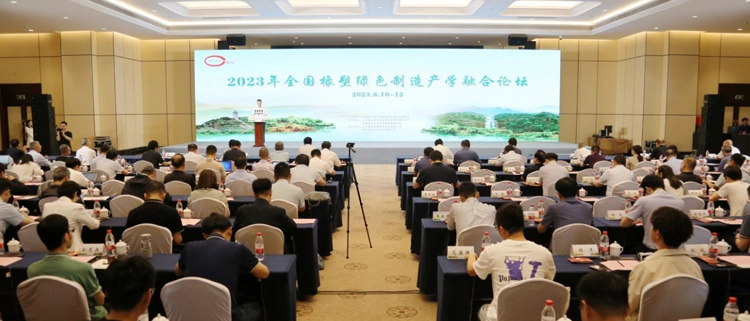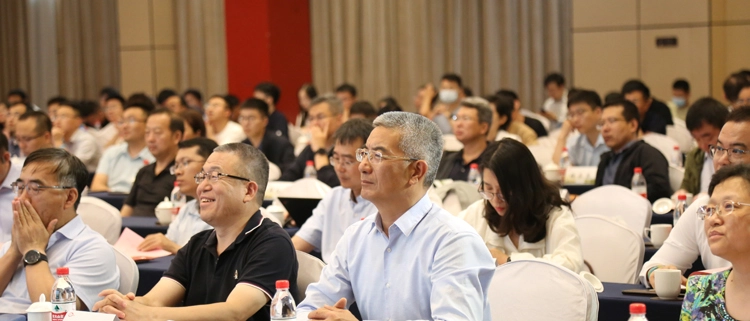In the realm of civil engineering, seismic isolation devices have emerged as vital components that ensure the structural resilience of buildings and infrastructure in earthquake-prone areas. The implementation of these innovative devices, such as Tiantie seismic isolation devices, marks a significant advancement in seismic engineering. This blog aims to delve into the performance and effectiveness of seismic isolation devices and their role in safeguarding structures during seismic events.
Understanding Seismic Isolation Devices
Seismic isolation devices are architectural elements designed to decouple a structure from its foundation, allowing it to move independently and dissipate the energy released by ground shaking during an earthquake. These seismic isolators for buildings, developed by renowned brands like Tiantie, are typically composed of rubber or steel bearings, which efficiently absorb and dissipate seismic forces, thereby preventing catastrophic damage.
Performance of Seismic Isolation Devices
The primary aim of seismic isolation devices is to protect a structure and maintain its functionality even when subjected to severe earthquakes. By isolating the building from the ground motion, these devices effectively limit the transfer of harmful vibrations. This, in turn, helps to avert potential structural damage and ensures the safety of occupants. Tiantie seismic isolation devices, with rigorous testing and adherence to international standards, have consistently demonstrated exceptional performance in enhancing the seismic resilience of buildings.
Effectiveness in Mitigating Structural Damage
Seismic isolation devices play a pivotal role in mitigating structural damage during seismic events. The flexibility offered by these devices allows the building to oscillate naturally, reducing the acceleration experienced by the superstructure. This lower acceleration significantly decreases the likelihood of structural failure, ensuring the building remains intact. As a result, the implementation of Tiantie seismic isolation devices has proven to be a cost-effective solution, as buildings with these base isolation devices require minimal repairs or renovations after earthquakes.
Benefits and Future Implications
The benefits of implementing seismic isolation devices, such as those offered by Tiantie, extend far beyond structural resilience. Firstly, buildings equipped with these devices are likely to remain functional post-earthquake, enabling swift evacuation and uninterrupted critical services. Moreover, the reduced need for post-disaster repairs not only helps in saving costs but also aids in minimizing overall downtime and economic losses. Additionally, seismic isolation devices provide a sense of reassurance for building occupants, promoting the psychological well-being and confidence in their safety.
Looking ahead, the evolution of seismic isolation technology holds immense potential in further enhancing building resilience. Ongoing research and development efforts aim to optimize the design and performance of these devices, making them more accessible, cost-effective, and versatile. Innovations like Tiantie's seismic isolation devices are at the forefront of this progress, providing solutions that can withstand a wide range of seismic hazards.
Seismic isolation devices, such as those produced by Tiantie, have proven to be influential in improving the performance and effectiveness of buildings during seismic events. By isolating structures from ground motion and dissipating energy, these devices mitigate structural damage, safeguarding the lives of occupants and reducing post-earthquake repair costs. As technology advances and research continues, seismic isolation devices will continue to play a critical role in fortifying buildings and infrastructure, contributing to a safer and more resilient built environment.
 Natural Rubber Bearing
Natural Rubber Bearing
 Lead Rubber Bearing
Lead Rubber Bearing
 High Damping Rubber Bearing
High Damping Rubber Bearing
 Elastic Bearing
Elastic Bearing
 Friction Pendulum Seismic Isolation
Friction Pendulum Seismic Isolation
 Simple Support For Village And Town Houses
Simple Support For Village And Town Houses






















